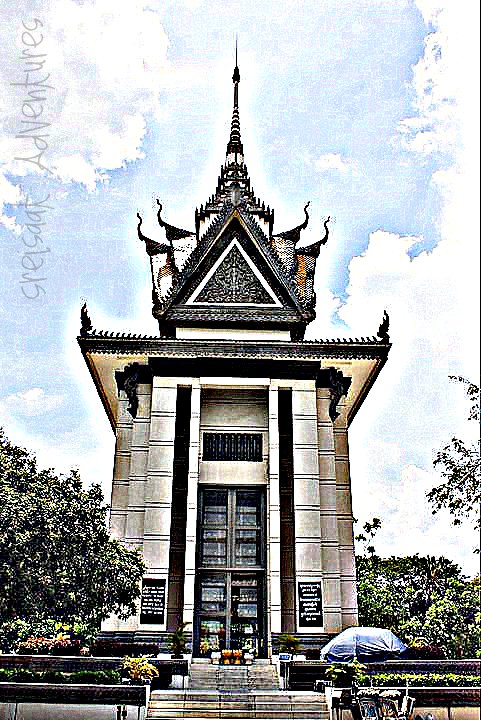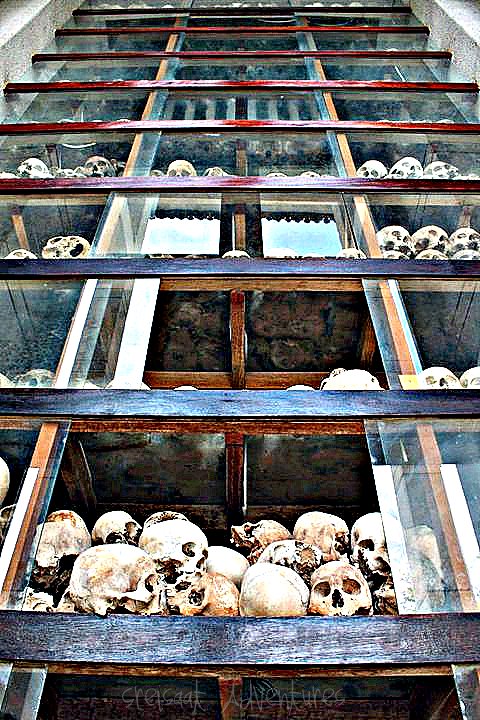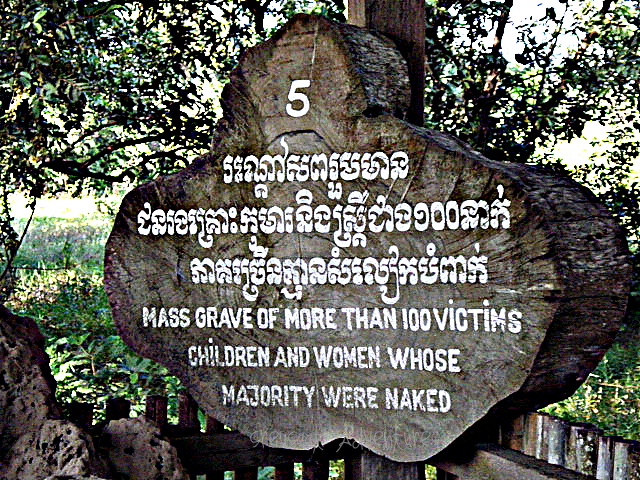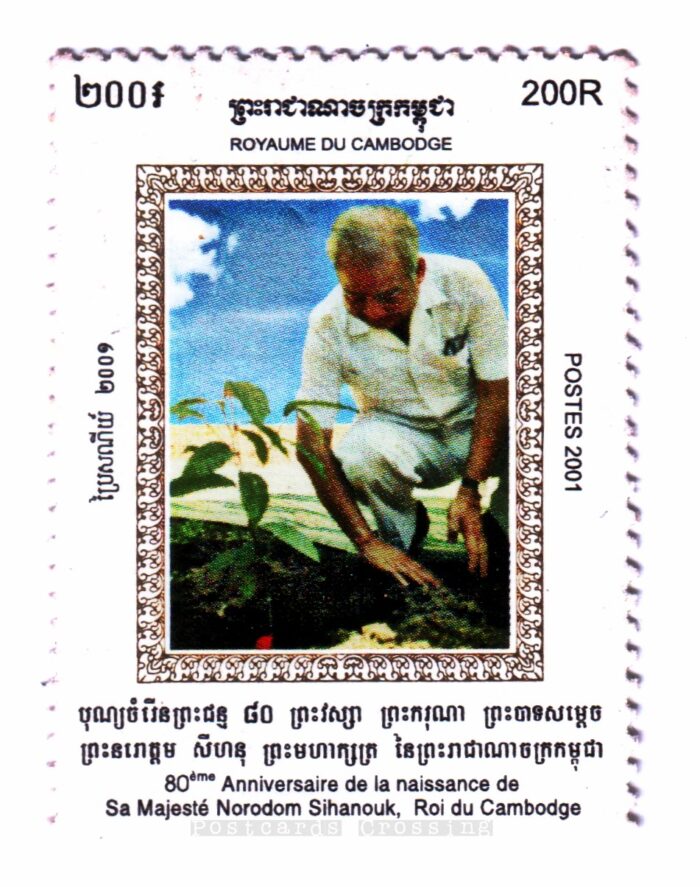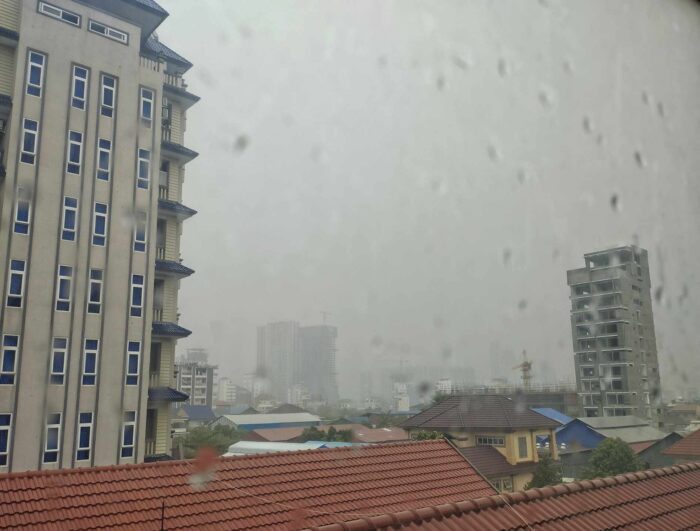Please be aware: This post talks about the dark history of Cambodia, the Khmer Rouge genocide. It mentions acts of violence and brutality (with some photos taken during my visit) that some readers might find disturbing. If you are sensitive to such content, you may want to proceed with caution.
Cambodia is a country of stunning beauty, vibrant culture, and unfortunately, a troubled past. As a woman who’s called Cambodia home for many years now, I grapple with this duality constantly.
Take Choeung Ek, for instance. This seemingly peaceful commune, amidst rice paddies and palm trees, just about 15kilometers outside Phnom Penh, holds a horrifying secret. It’s the location of one of Cambodia’s infamous Killing Fields, the final stop for countless victims from the notorious S21 prison. (This is also another place I am not going to visit again.)
While I’ve been here for years, I’ve only visited Choeung Ek once, back in 2014. It wasn’t a place I sought out. Friends visiting from abroad expressed interest, and as a host, I felt obligated to take them despite my personal aversion to visiting sad places. Even as a resident, the prospect of visiting felt daunting. Even then, the experience stayed with me. The weight of cruelty and history hangs heavily in that place. A suffocating silence blankets the grounds, broken only by the rustle of leaves and occasional insects.
The towering stupa greets you as you enter; it is filled with the skulls of victims, a stark memorial to the estimated 17,000 people who were murdered and buried there. Every year, a Buddhist ceremony is held here, with monks offering prayers to honour these lost souls who met their end on these grounds.

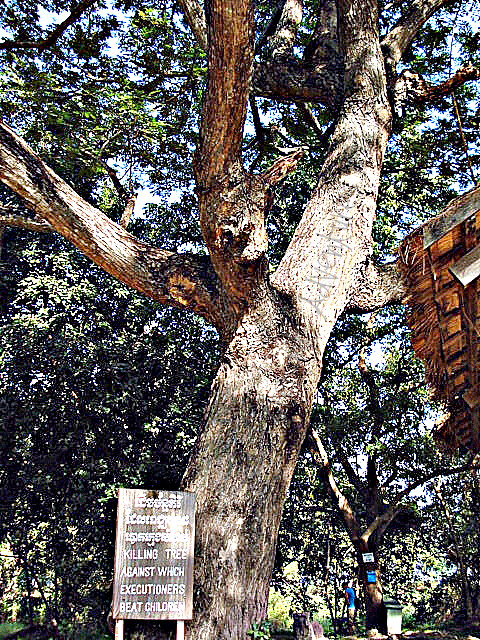
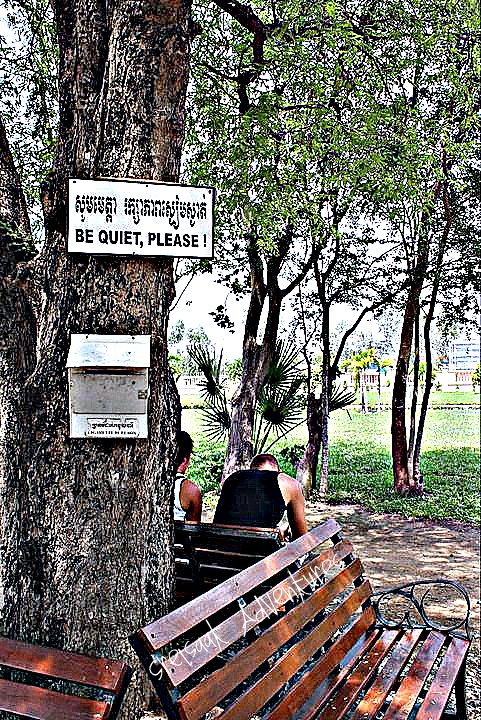
The signs scattered throughout the grounds served as constant, jarring reminders of the horrors that unfolded here. Mass graves filled with women and children, execution trees used to bludgeon babies – these reminders are impossible to ignore. As I walked the paths, a heavy feeling of despair washed over me. It’s hard not to imagine the fear and suffering that unfolded here, on the very ground I was walking on.
Visiting Choeung Ek was a deeply emotional experience. While I understand the importance of remembering the past and honouring the victims, it’s a place that leaves a mark. As a woman, the brutality inflicted on women and children resonates deeply. The screams and cries maybe long gone, but the memory of their suffering lingers. Honestly, I can’t imagine ever returning.
This is just one facet of life in Cambodia, a country forever marked by its turbulent history. It’s a place of contrasts, where breathtaking beauty coexists with the ghosts of the past. This part of Cambodian history is a constant presence in our daily life. Living in Cambodia has been a profound experience for me with all the reminders of the past we carry everyday, but, it also opened my eyes to the warmth, resilience, and spirit of a people determined to heal and move forward.
See other posts on My Corner of the World.
